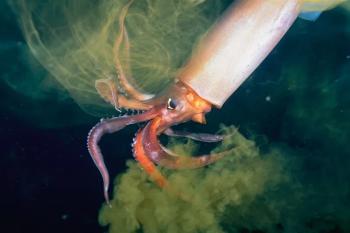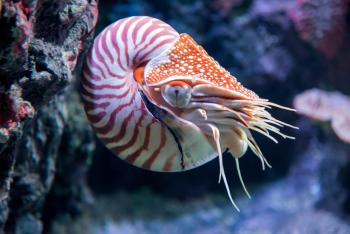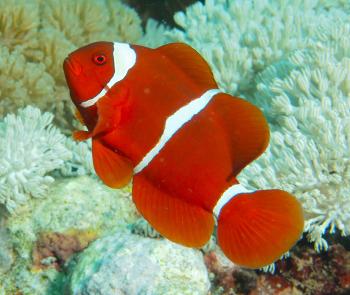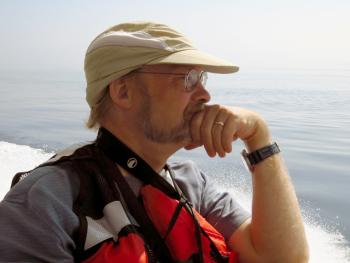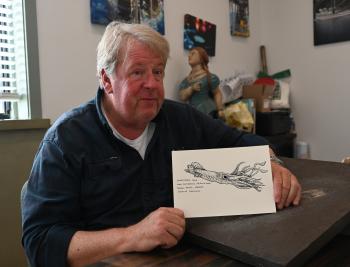
Corals are cnidarians, in the same large family as anemones. There are more than a thousand coral species worldwide, but the best known are the stony corals, like staghorns, which make skeletons of calcium carbonate. What looks like one organism is actually a colony made of tiny coral polyps that look like tiny anemones. Inside each polyp live plant-like cells called zooxanthellae that produce food from sunlight, supplying energy to the coral. In turn, the coral polyp supplies the zooxanthellae with nutrients from the ocean and shelter. It’s these zooxanthellae that are sensitive to the increase in ocean temperatures.
Staghorns are one of the major reef-building corals. The free-swimming coral larvae settle and attach to hard surfaces. As corals build on each other, coral reefs form. Coral reef ecosystems can grow to be huge: the Great Barrier Reef coral ecosystem in Australia is about 133,000 square miles. Among the most diverse ecosystems on earth, coral reefs support a large variety invertebrate and fishes as well as human communities that depend on a reef’s abundance.
Watch the video Phyla: Cnidarians
Video of how staghorn corals, grow
